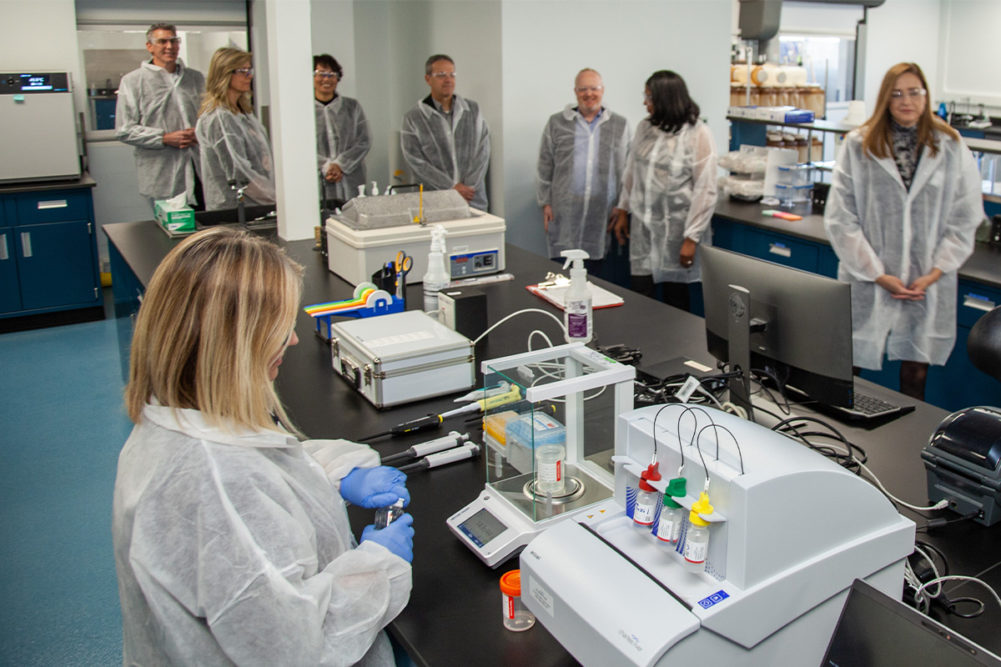DECATUR, ILL. — ADM has opened its new North America microbiology laboratory at the ADM specialty manufacturing facility in Decatur, Ill. The new facility doubles ADM’s current microbiology laboratory footprint and reflects “a significant expansion of its testing capabilities, as well as its footprint in the Decatur community,” the company said.
“This new facility will drive productivity and collaboration, accelerate innovation and bring even more high-level science and research employment opportunities to Decatur,” said Veronica Braker, senior vice president of global operations at ADM.
ADM’s microbiology laboratory is responsible for testing finished product from North America for lot release to the market. Initially opened in the late 1960s, the laboratory has expanded five times through the years, most recently in 2006.
The new facility will provide testing services to more than 26 ADM manufacturing facilities located throughout North America. It features technology providing access to the latest laboratory and testing innovation as well as the ability to process an exponentially higher volume of tests, according to ADM. The new laboratory also will allow the company to conduct advanced testing in-house such as kill-step validations for processing plants, including automation applications.
In addition, ADM said the laboratory will become ISO 17025 accredited for the top five quality testing methods in early 2023 and will continue to expand its certification for other methods. A laboratory information management system also will be implemented at the new location in late 2023, allowing faster reporting to ADM clients.
“We are very excited for this expansion because it enables greater innovation to unlock the power of nature in order to enrich the quality of life,” said Lee Perry, vice president of quality and food safety at ADM. “The development of this state-of-the-art laboratory directly aligns with our mission and vision to strive for operational excellence, partner with operations to provide testing solutions and drive analytical performance.”




